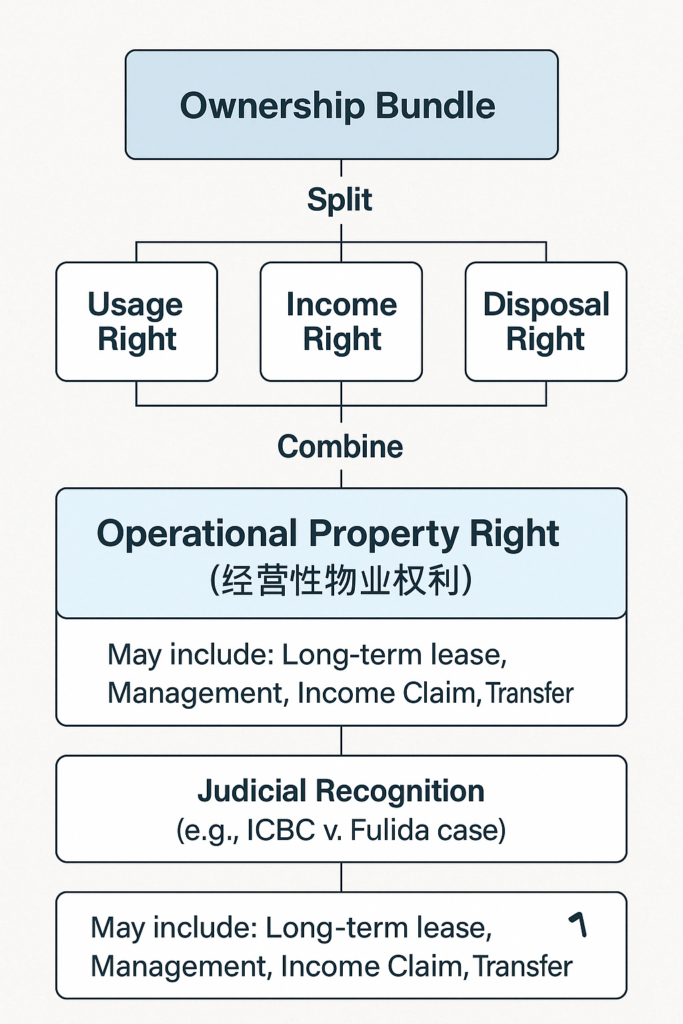On September 15, 2008, Lehman Brothers filed for bankruptcy in New York’s Southern District Court, marking the largest corporate collapse in U.S. history and triggering a financial meltdown. The short-term funding market froze, the stock market plummeted—with the S&P 500 losing over 10% in a single day—and the U.S. teetered on the brink of another Great Depression.
History, it seems, rhymes with eerie precision. When we compare the 2008 crisis to the 1929 crash, we see not just economic patterns repeating but a damning reflection of human greed and institutional failure.
I. The DNA of Disaster: Unchecked Greed and Regulatory Failure
In 1926, at the peak of Florida’s real estate bubble, one in three Miami residents worked in property speculation. Eighty years later, Wall Street traders repackaged toxic subprime mortgages into AAA-rated securities with the same reckless fervor. The common thread? Easy credit, regulatory blindness, and the illusion of endless prosperity.
- The Fed’s Double-Edged Sword: In the 1920s, low interest rates fueled Europe’s post-war recovery. In the 2000s, they papered over the dot-com bust. But cheap money always morphs into a curse—U.S. real estate loans hit 3.5billionin1926;subprimelendingballoonedto3.5billionin1926;subprimelendingballoonedto600 billion by 2006.
- The Cycle of Deregulation: The Glass-Steagall Act (1933) erected firewalls between commercial and investment banking—only to be dismantled in 1999 by the Gramm-Leach-Bliley Act. Post-2008 reforms (Dodd-Frank) were weaker than New Deal-era measures, proving capital’s relentless corrosion of regulation.
II. The Bailout Paradox: Cures That Breed New Crises
When the Fed launched quantitative easing (QE) in 2008, it didn’t just save the economy—it taught Wall Street to expect perpetual rescues.
- **4.5TrillioninQELiquidity∗∗inflatedbankreservesfrom4.5TrillioninQELiquidity∗∗inflatedbankreservesfrom2 billion pre-crisis to $2.6 trillion.
- “Too Big to Fail” Got Bigger: The six largest U.S. banks now hold 78% of GDP (vs. 55% in 2007). Moral hazard thrives when losses are socialized and profits privatized.
- Derivatives Rebound: By 2021, the global derivatives market hit $700 trillion—surpassing pre-2008 levels.
III. The Next Crisis: Shadow Banking, Crypto Chaos, and Half-Baked Reforms
Today’s financial system is more complex—and fragile—than ever:
- Shadow Banking ($20+ Trillion) operates outside traditional oversight.
- Crypto and Algorithmic Trading dominate markets with minimal regulation.
- Dodd-Frank’s Weaknesses: The Volcker Rule is routinely bypassed; stress tests grow toothless. When Silicon Valley Bank collapsed in 2023, it was déjà vu—risk had been ignored, again.
IV. Breaking the Cycle: A Radical Rethinking of Finance
To escape this loop, we need more than tweaks—we need a revolution in thinking:
- Redefine Finance’s Purpose: The financial sector now captures 30% of U.S. corporate profits (vs. 10% in 1950). Is it serving the economy—or itself?
- AI-Powered Regulation: Legacy oversight can’t keep pace with algorithmic trading. Real-time surveillance is essential.
- Risk Must Be Shared: Banker bonuses should be tied to long-term stability, not short-term gambles.
As we stand in 2025, the 2008 crisis still echoes—and new storms gather. The only way out is to learn, at last, that prosperity demands restraint.

 SinoLoanHub: Expert Business Loan Solutions for North American Companies
SinoLoanHub: Expert Business Loan Solutions for North American Companies






